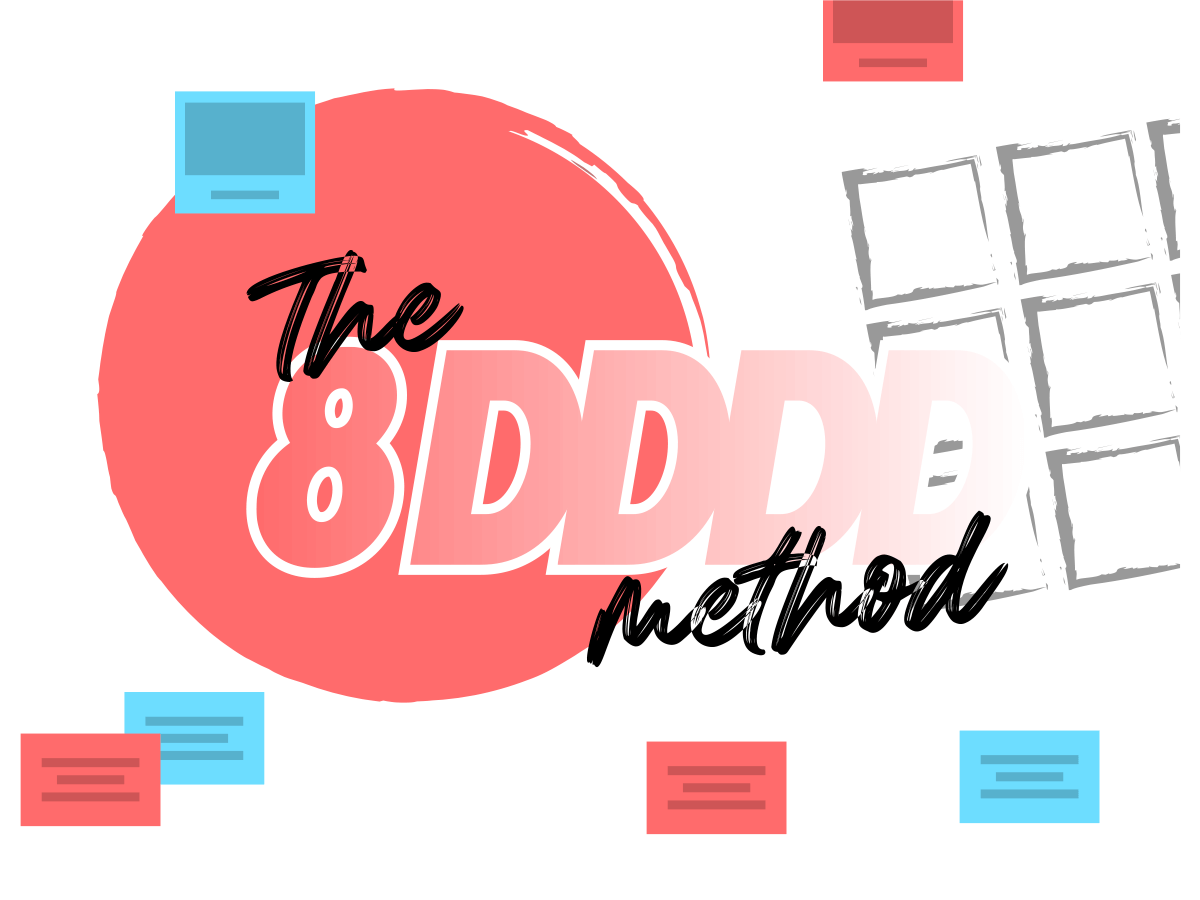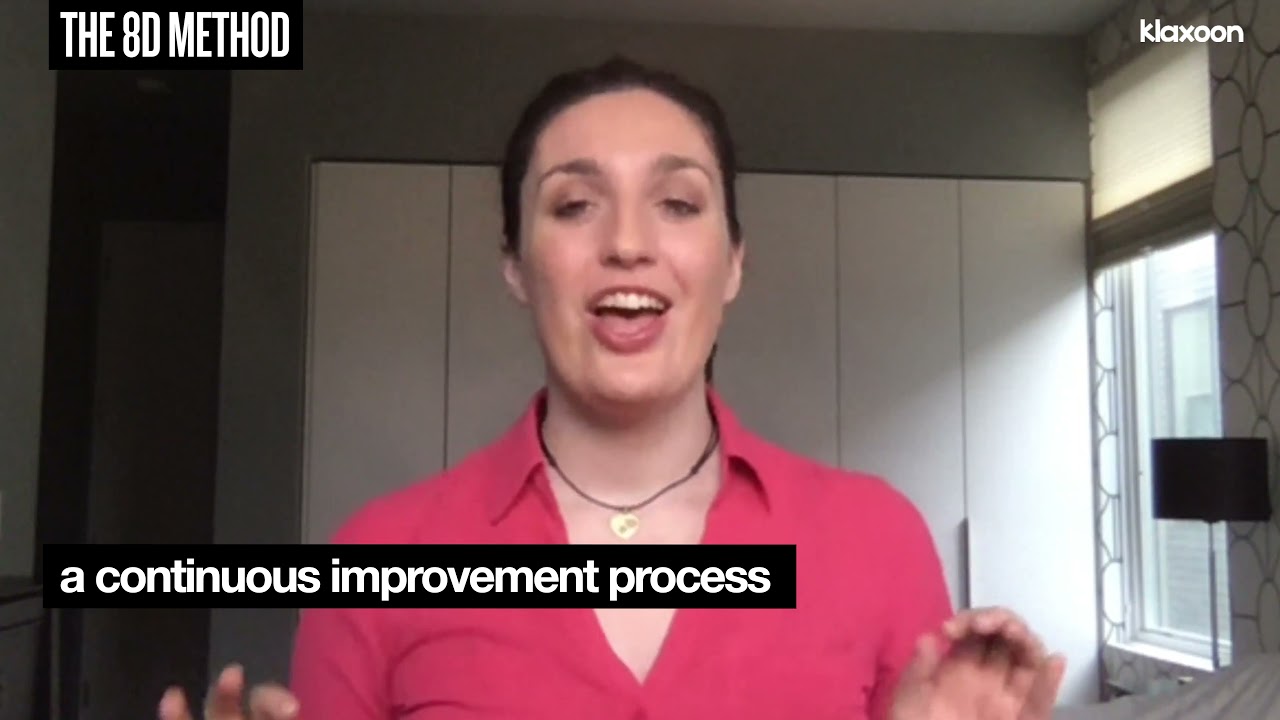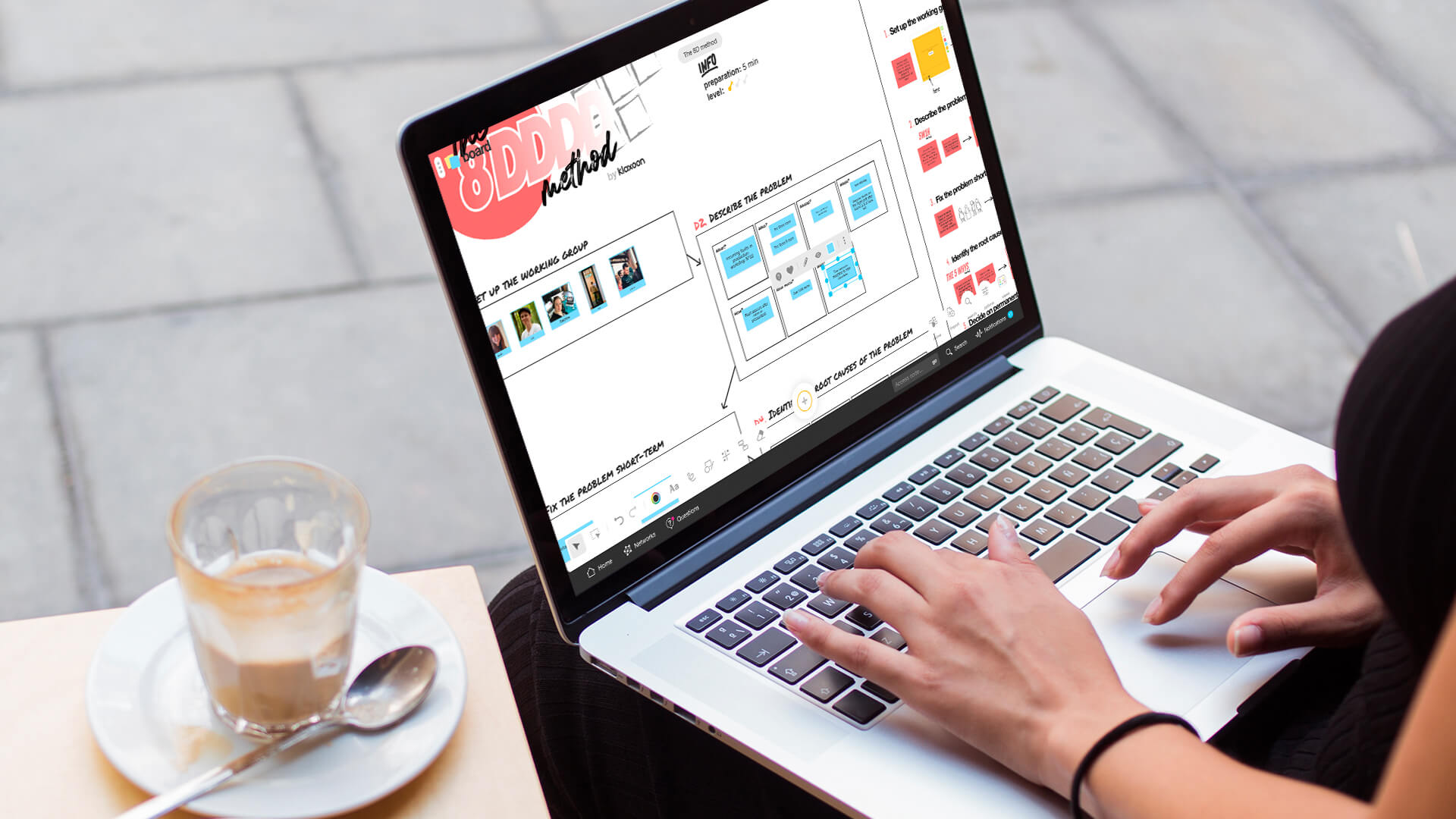The 8D method: easy and effective problem-solving as a team
Published on February 14, 2025
The 8D method: easy and effective problem-solving as a team


Do you want to improve your management, or more specifically your problem-solving processes? With the 8D template, you can learn how to react quickly to a problem, and prevent it from recurring in the future. Follow the eight steps of the 8D process, and you will easily find the most suitable long-term solutions to your problems!

Are you looking for an effective problem-solving method? The 8D template uses eight disciplines or specific steps to help teams find suitable long-term responses to a problem. So this is just what you need!
This template comes from the Japanese management approach known as Kaizen, a continuous improvement process based on simple and inexpensive concrete actions. It’s all about working as a team to make small improvements every day.
Follow the 8D method to involve all the teams affected by the problem, and find the appropriate solutions. This way, you promote continuous improvement to eradicate any problems identified in a process or a project:


Step by step, build a visual approach to the problems to be addressed with your team.
On a day-to-day basis, team management often makes you choose to not fix small recurring irritants, as long as they don't bring a project to a standstill. However, it’s by addressing these small problems that you will see your productivity, efficiency and long-term project management improve greatly from one day to the next!
Whether you manage one or more teams, working at different times and in different places, the 8D tool can be used in person or even for remote working thanks to the Board, Klaxoon’s whiteboard. This shared space that can be accessed at any time, and on any connected device, helps you to quickly react to a problem in your business. You no longer need to postpone projects or team meetings because setting up a problem-solving process could take too long and slow down your business.
What’s more, with the 8D method you can analyze every aspect of a problem and eradicate it permanently, thanks to the last step, “Standardizing Solutions”. This will save you a lot of time for the rest of your project. Finally, it’s the ideal method to work with because it applies to all types of problems, whatever your project.
Start by inviting your team to your whiteboard, then create your working group. Everyone has to send their photo in an idea, and add their name as a Dimension.
Once you’ve done the first step, you have to correctly define your problem. To do this, use the 5W1H method to ask yourself the right questions:
Next, you need to define together the solutions that you can implement immediately. Ask all the participants to send their ideas to control the situation as quickly as possible in the D3 area. You’ll get a lot of ideas, so ask everyone to like their two favorites, i.e., the ones they think are the easiest to implement and will have the best impact. Finally, apply the one that gets the most likes in the end.
Now, tackle longer-term solutions that are slower to implement. To do this, go to step 4 of the 8D process, to identify the root causes of the problem: ask yourself “Why?” five times or more, to deep dive into your problem. Here, you can also use Klaxoon's dedicated 5 Whys template to help you.
This step is essential to ensure the long-term solutions to be implemented are set up correctly.
Once the root cause is discovered, collectively propose long-term solutions in D5. Use the Dimensions to add two key pieces of information:
The first part of the method ends here: at this stage, everyone knows what they have to do and when it needs to be done.
Once the corrective actions have been implemented, bring the team back to this Board after a certain time, for the second part of the method. Copy the actions previously defined in D6, and then launch a Yes/No Poll Question to assess the effectiveness of these actions.
An example of question could be: “Did the action that you implemented solve the problem?” This way, you identify the solutions that you want to keep in the long term, and the ones to modify or abandon.
You can also do this step asynchronously. Contact the participants before the meeting, and ask them to answer the Question and add explanations in comments. So when your meeting starts, you avoid a tedious round table and you’re all set to process the information and act as a team.
This is a crucial step of the 8D method. Now that the effectiveness of the solutions has been assessed, what you have to do in D7 is propose ideas for deploying your long-term solutions on a large scale, for other products or in other teams. Keep in mind that the goal is for the problem never to recur again.
This step should not to be overlooked! Use D8 to congratulate the team on your progress and your results, and take the opportunity to summarize your improvements and share any photos of the results!
Get inspired by other templates from the same categories
Unlock your teamwork potential